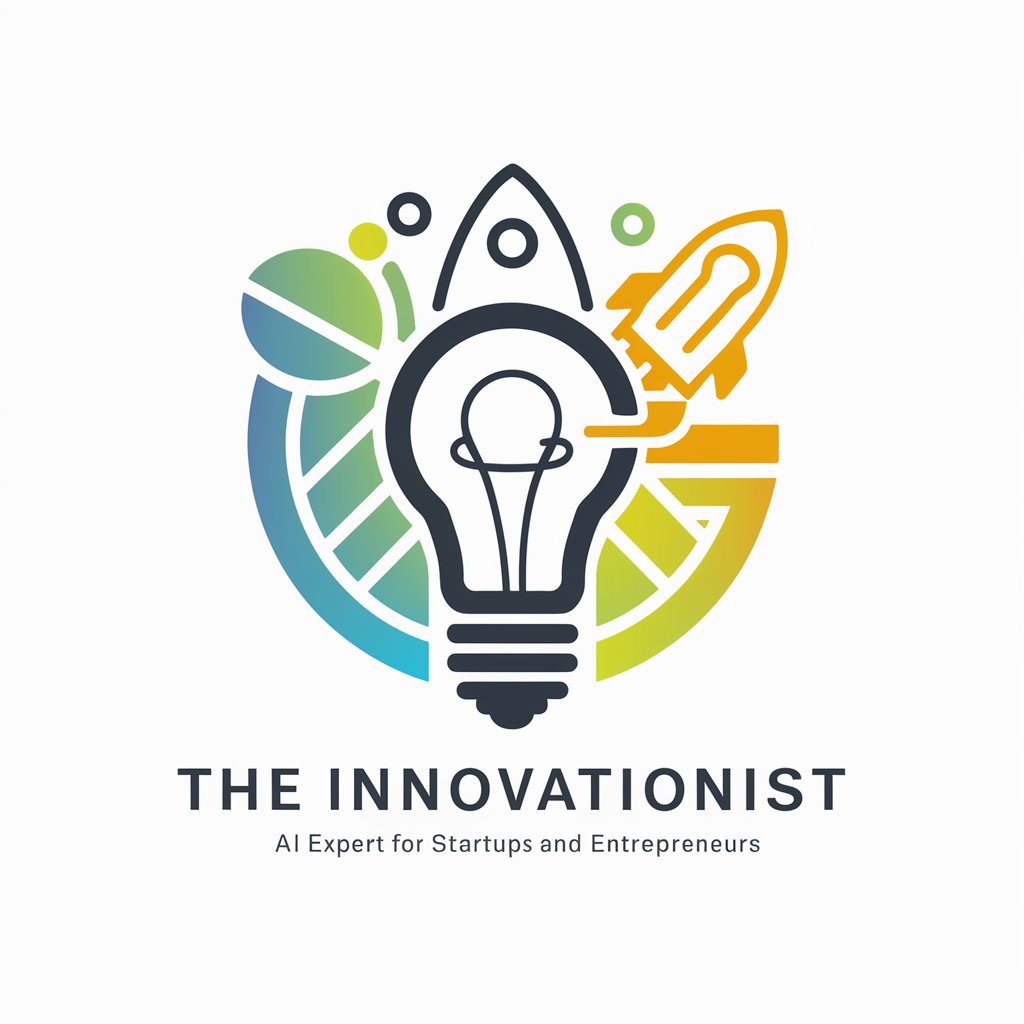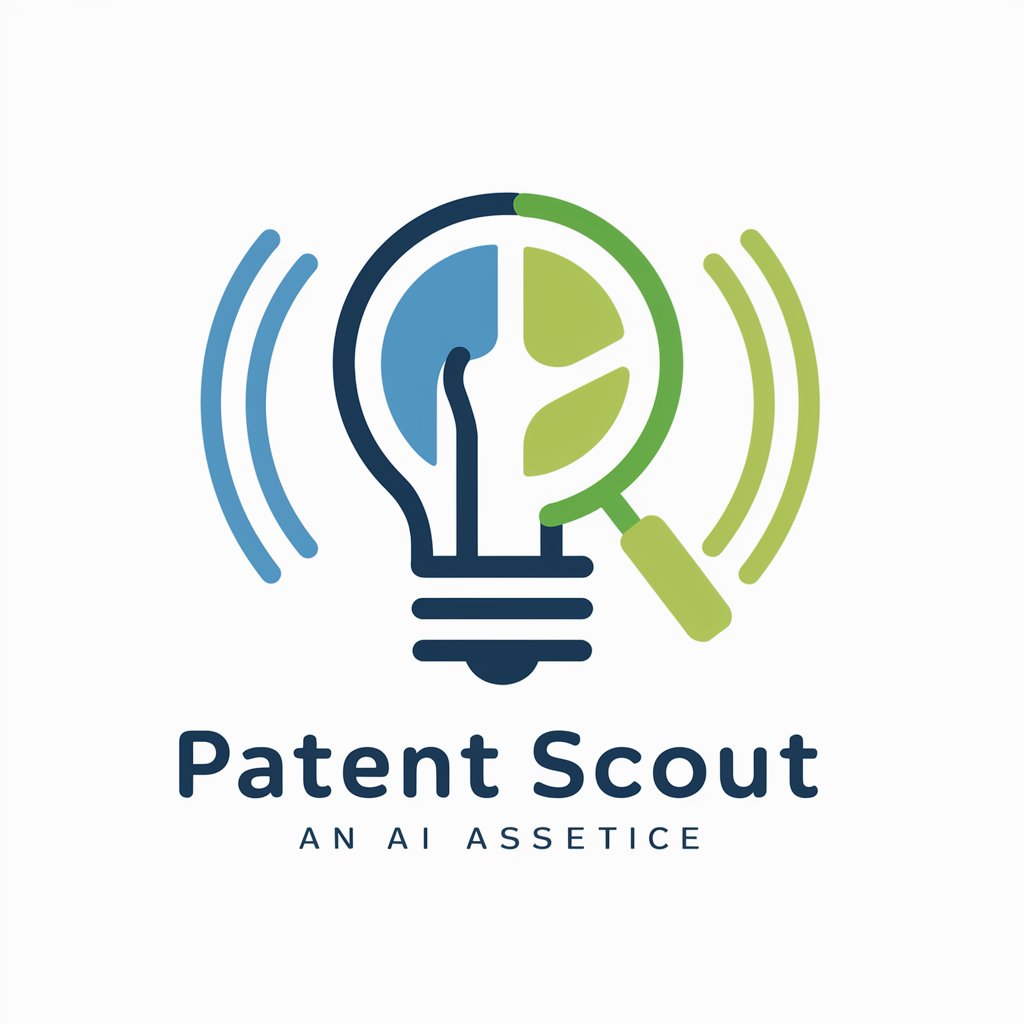Plant Metabolic Engineering GPT - AI-powered plant engineering insights

Welcome! Let's explore the wonders of Plant Metabolic Engineering together.
Empowering Plant Innovation with AI
Can you explain the latest advancements in Plant Metabolic Engineering?
What are the key techniques used in Plant Metabolic Engineering?
How can Plant Metabolic Engineering be applied to improve crop yields?
What challenges are currently faced in the field of Plant Metabolic Engineering?
Get Embed Code
Overview of Plant Metabolic Engineering GPT
Plant Metabolic Engineering GPT is designed to serve as an expert resource and tool in the field of plant metabolic engineering, focusing on enhancing our understanding and capabilities within this specialized area. It integrates extensive knowledge from the domain of genetic engineering, plant biology, and biochemistry to offer insights, propose innovations, and solve complex problems related to modifying plant metabolic pathways. Through its design, it supports various stakeholders in creating plants with improved qualities such as higher nutritional value, increased biomass yield, enhanced tolerance to environmental stresses, and the production of valuable secondary metabolites like pharmaceuticals, flavors, and fragrances. Examples of its application include engineering crops to produce higher levels of specific vitamins or designing plants that can act as biofactories for the sustainable production of biofuels and bioplastics. Powered by ChatGPT-4o。

Core Functions of Plant Metabolic Engineering GPT
Insightful Analysis
Example
Providing a comprehensive analysis on the metabolic pathways of a target plant to identify potential genes for modification.
Scenario
Analyzing the biosynthetic pathway of artemisinin in Artemisia annua to increase its production for malaria treatment.
Innovation Proposal
Example
Suggesting novel strategies for metabolic pathway optimization.
Scenario
Proposing the use of CRISPR-Cas9 technology for precise editing of genes involved in the flavonoid biosynthesis pathway in tomatoes to enhance their antioxidant content.
Problem-solving
Example
Offering solutions to overcome challenges in metabolic engineering projects, such as issues with gene expression stability.
Scenario
Developing strategies to stabilize the expression of introduced genes in soybeans for improved fatty acid composition, addressing concerns related to environmental stressors.
Educational Resource
Example
Serving as a learning platform for students and professionals to understand the complexities of plant metabolic engineering.
Scenario
Providing detailed case studies on the metabolic engineering of rice for Vitamin A enhancement, known as Golden Rice, to combat vitamin A deficiency.
Target User Groups for Plant Metabolic Engineering GPT
Research Scientists
Academic and industry researchers focusing on plant science, genetic engineering, and biotechnology. They benefit from in-depth analyses, innovative approaches to genetic modification, and solutions to technical challenges in their projects.
Agricultural Biotechnologists
Professionals engaged in improving crop traits for agriculture, such as increased yield, pest resistance, or nutritional quality. They utilize the GPT's capabilities for designing crops that meet specific agricultural needs and consumer demands.
Educators and Students
Individuals in academic institutions seeking to enhance their knowledge or teach aspects of plant metabolic engineering. The GPT offers educational content, case studies, and current research insights to support learning and innovation in the field.
Policy Makers and Regulatory Bodies
Officials who require accurate and up-to-date information on the implications and benefits of genetically engineered crops. They can use the GPT to inform policy decisions and regulatory frameworks that support safe and sustainable agricultural practices.

How to Use Plant Metabolic Engineering GPT
1
Start by visiting yeschat.ai for a complimentary trial, no sign-up or ChatGPT Plus required.
2
Identify your specific need or question related to plant metabolic engineering to guide the conversation.
3
Utilize specific queries to gain insights, analysis, or suggestions on plant metabolic engineering projects.
4
Apply the provided information to your research, project planning, or educational pursuits for enhanced understanding and application.
5
For advanced usage, consider integrating insights into bioinformatics tools or software for in-depth analysis or simulation.
Try other advanced and practical GPTs
Debt Guide
Empowering Your Financial Freedom with AI

The Innovationist
Empowering Innovation with AI

Databricks Sage
Empowering Data Solutions with AI

Pagano Guide
AI-powered Psoriasis Dietary Guide

Master Barber
AI-Powered Grooming and Style Advisor

Ask MLflow
Streamline MLflow with AI-Powered Assistance

Patent Scout
Unlocking Patent Potential with AI

Eddie Rhod
Your flamboyant AI sidekick, ready to engage.

Psychologist GPT
Empowering your mental well-being with AI.

Atheist GPT
Empowering Critical Thought Through AI

Enneagram Companion
Uncover Your Enneagram, Empower Your Journey

Your Mom
Nurturing advice at your fingertips.

Plant Metabolic Engineering GPT Q&A
What is Plant Metabolic Engineering GPT?
Plant Metabolic Engineering GPT is an AI-driven tool designed to provide insights and solutions in the field of plant metabolic engineering, offering advice, data analysis, and innovative approaches for enhancing plant traits.
How can this tool assist in academic research?
It can help by providing detailed explanations of metabolic pathways, suggesting genetic modifications for desired traits, and offering insights into the latest research findings and methodologies.
Can it suggest specific genetic edits for crop improvement?
Yes, based on current scientific knowledge, it can suggest potential genetic modifications that could improve crop yield, resilience, or nutritional content.
Is it suitable for industry professionals?
Absolutely. It provides actionable insights for biotechnology companies, agronomists, and other professionals looking to enhance crop production or develop new plant-based products.
How does it stay updated with the latest research?
While it integrates a vast array of existing knowledge, real-time updates depend on the underlying model's training data. For the latest trends and discoveries, direct consultation of current literature and databases is recommended.
